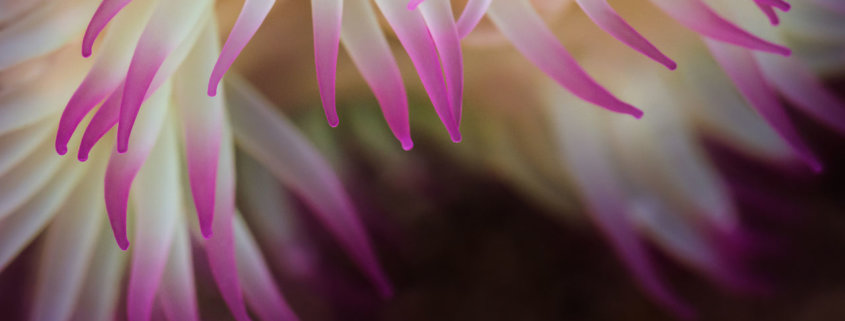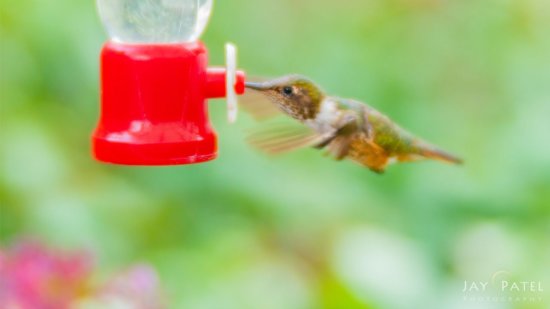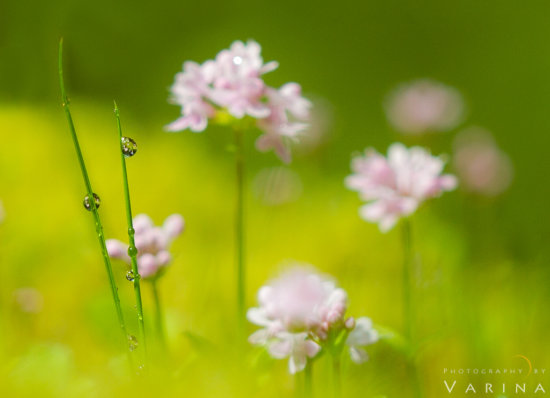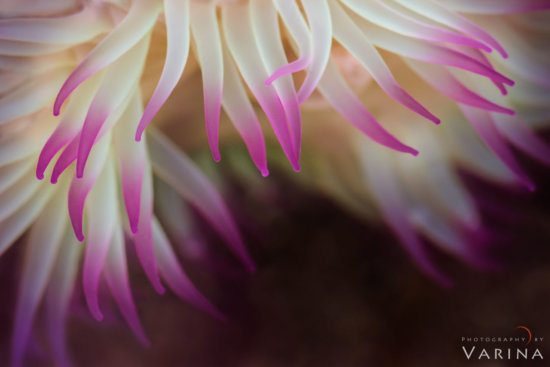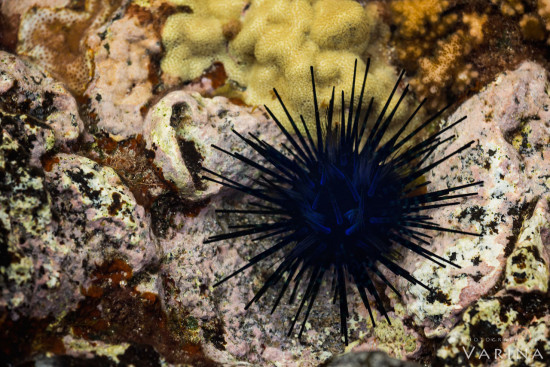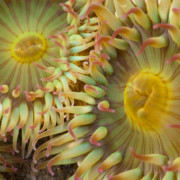Why Creativity Photography is Essential for capturing Stunning Photos
When I do interviews about landscape photography, I often get asked – What is one piece of advice you would give to an aspiring landscape photographer? My Answer: Embrace Creative photography. It is indispensable to overcome challenges faced by nature photographers.
In today’s digital world, good landscape photography seems almost synonymous with good post-processing skills. When a photographer looks at a brilliant landscape photo, they often assume that it was created using exceptional Photoshop or Lightroom skills. Then there’s the problem of “gadget envy”… the belief that having the latest and best photography equipment makes your photos better. This leads to the belief that the equipment is somehow responsible for capturing the image. After all, who doesn’t want to get their hands on the brand new Sony camera or master that complicated 32-layer Photoshop workflow for landscape photography?
To be honest… I too fell into this gear and post-processing trap when I first started out in landscape photography. But my perspective changed over time. Today, I no longer consider photography gear acquisition as my top priority. I have to admit that advanced capabilities of the new photography gear have helped me capture some great nature photos. However without a healthy dose of creativity, a brand new DSLR or mirrorless camera is nothing more than an expensive point-and-shoot. Creative photography allows me to make the most of our photography gear by overcoming frequent adverse conditions found in nature.
What is Creative Photography?
It is not easy to define creative photography… and almost every photographer may have his or her own version of what makes creative photography. For the purpose of this article, we define creative photography as a photo captured using out-of-the-box thinking that lays outside the normal photographic process and is open to interpretation. If you really want to develop creativity then I recommend you make this an intentional habit of pursuing creative photography.
Here are few landscape photography examples of creative photography and out-of-the-box thinking that went along with them.
Why Developing Creativity Photography Should be a Priority
So, why is creative photography so important? What I have learned is that, while proper equipment, knowing how to shoot, and Photoshop skills are definitely helpful, they do not guarantee a good photo. This is because light, weather, and environment for nature photography are unpredictable. And no amount of technical prowess helps you overcome this unpredictable nature of landscape photography.
It took me almost a decade to convince myself of this. Here is how it happened…
Sea Anemone Challenge – First Attempt
My first attempt at photographing a sea anemone was early in my landscape photography career. By this time, I had mastered all the technical skills necessary to capture a stunning photo of a sea anemone in a tide pool. I used a circular polarizer and a tripod to capture this photo. My camera was positioned to ensure that the shadow did not obscure the scene. My exposure was spot-on and my aperture and focus settings guaranteed that everything in the image was sharply in focused. After capturing this image, I used a RAW converter to bring out the details and vivid colors of the sea anemone. In other words, I had mastered all the technical skills needed to capture the photos of the sea anemone under water. Yet the final result was nothing more then a snapshot. This nature photo lacked the WOW factor.
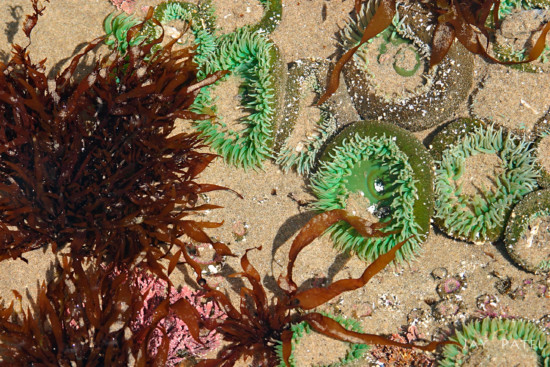
Intimate landscape photography attempt to capture sea anemone in tide pools in 2003 – Olympic National Park
Sea Anemone Challenge – Second Attempt
Take a look at this shot of sea anemones from Olympic National Park from 2010. I used a macro lens, a crop-factor camera, and a tripod. I shot this without a circular polarizer because I wanted a fast-enough shutter speed to minimize the motion of the tentacles. The composition was selected to showcase the sea anemone’s brilliant colors. Compared with the first image, this image has the WOW factor. Our students always want to know how I captured this image and viewers are captivated by the colors, details, and pattern of the sea anemone.
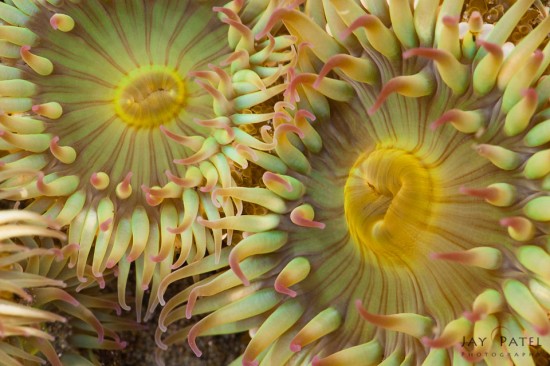
Intimate landscape photography attempt to capture sea anemone in tide pools in 2010 – Olympic National Park
What Changed in the Process?
I had the technical skills to capture the photos of sea anemones during both the attempts, so what changed between my first and second attempt? During my second attempt, I use creativity to navigate the unpredictable conditions encountered by landscape photographers. Here how I did it:
- During my second attempt (Image #2), I spent a lot of time searching the shoreline for sea anemones with brilliant colors. Not just any pretty anemone would do.
- I needed to find one that was in a tide pool that was not too deep and not too shallow. A deep tide pool with too much water may distort the shape of a sea anemone as well as dull its brilliant colors. If the tide pool did not have enough water, the tentacles would break the surface, adding a distracting meniscus around them. The water around the anemones mattered too. For the best results, I wanted still water that was free of floating debris.
- When I found what I was looking for, I positioned my camera so that light reflecting off the surface of the water bounced away from the lens. This created a nearly-perfect underwater view. This allowed me to photograph the sea anemone without a circular polarizer to block the light. I was able to take this shot with a high shutter speed and a narrower aperture.
- But I still had a problem. There was sand in the sea anemone. I filled an empty water bottle with sea water and poured in on one side of the tide pool. This created a gentle current that washed away the sand and left me with a clean sea anemone with stunning colors.
As you can see, I used out-of-the-box thinking to clean the sea anemone as well as to position my camera to forego the use of a circular polarizer. One would assume that by 2010 I had mastered the the art of photographing a sea anemone under water, but this is not the case. Ever time we wanted to take an intimate landscape photo of a sea anemone, there was a new challenge to over come.
Ongoing Creative Photography Attempts
Over the years, Varina and I have encountered a variety of conditions while photographing the sea creatures. Each time, we have encountered a new completely new challenge that we have to work through in conjunction with the technical skills. Here is what happened during our subsequent attempts and how creative thinking was needed to take the photo
There is no doubt that technical and post-processing skills are important ingredients to capture landscape photos. However, technical skills alone cannot guarantee a breathtaking landscape photo. Besides technical skills, creative photography will give you an ability to think through a situation, and solve potential problems to overcome challenging conditions found in nature.
Good luck!

